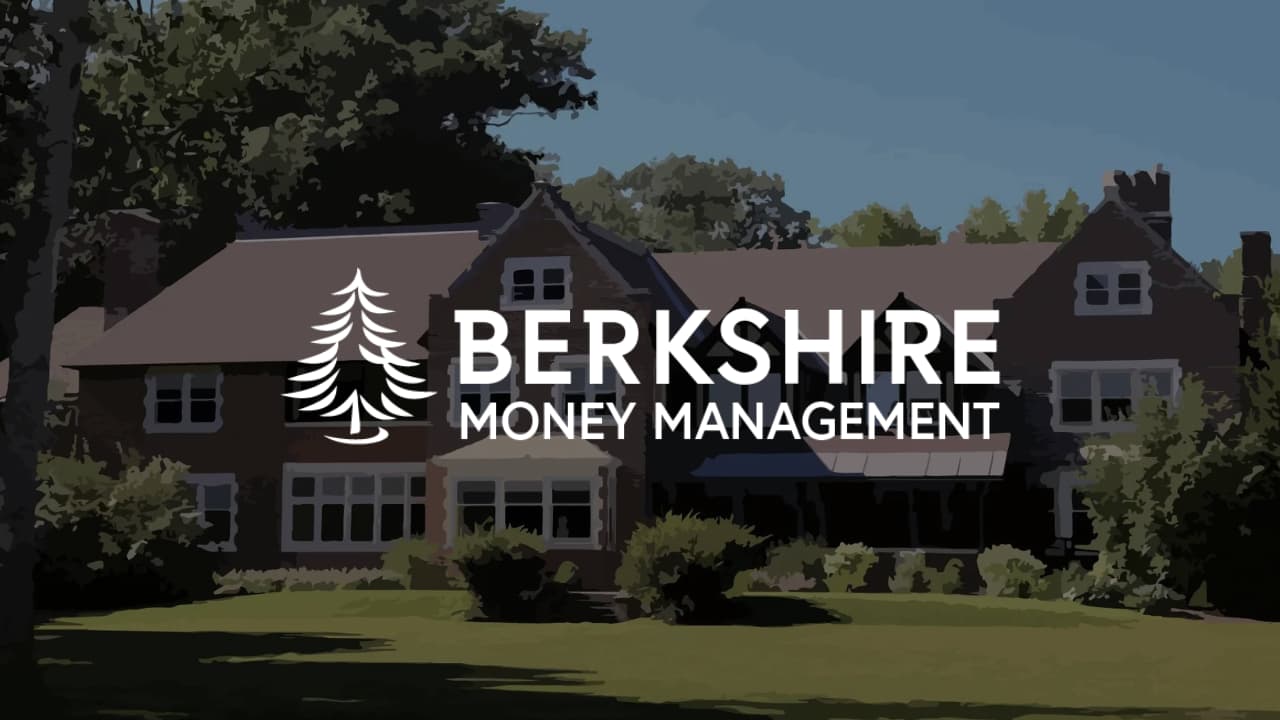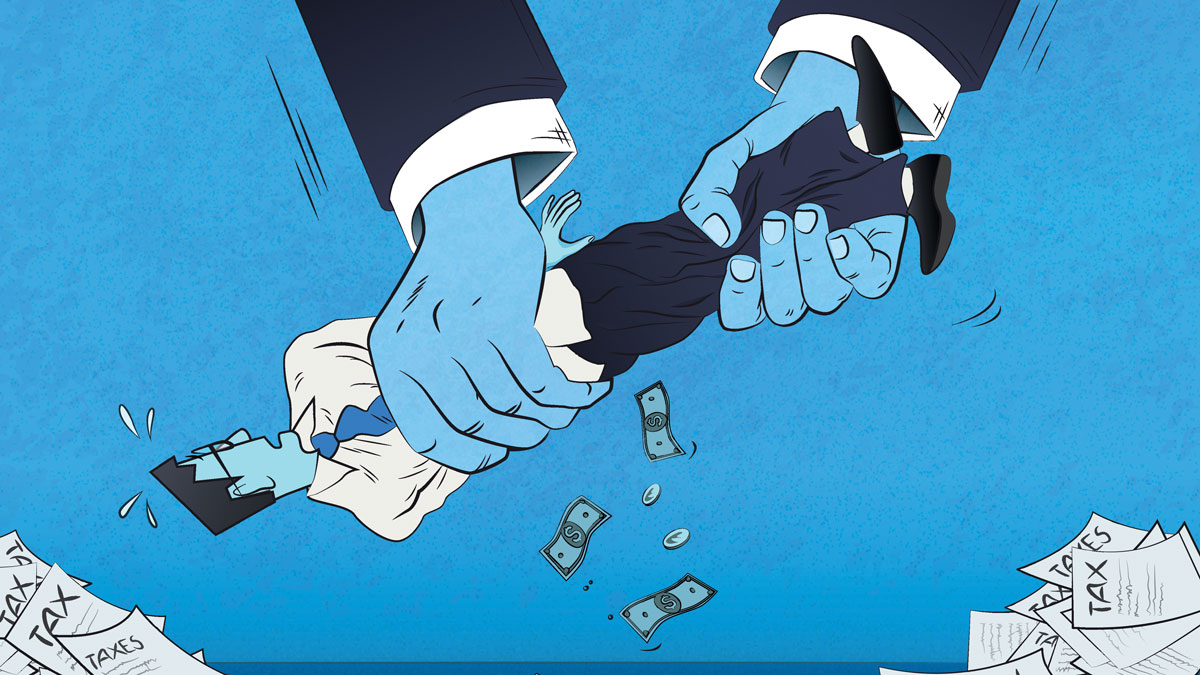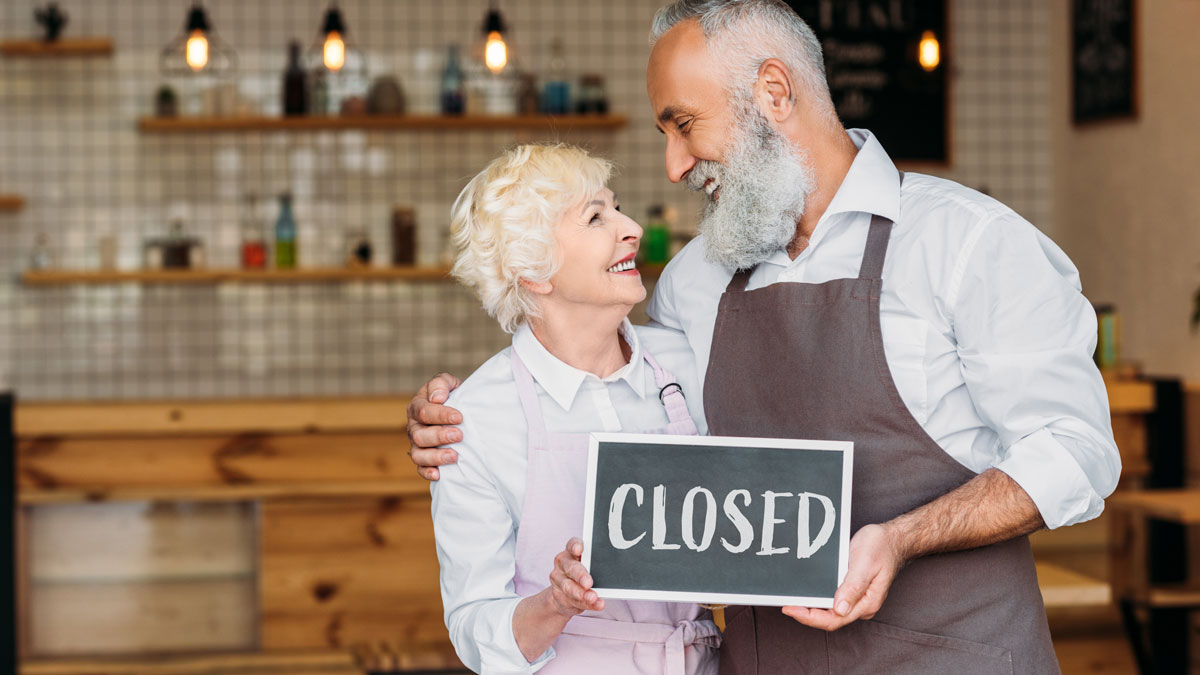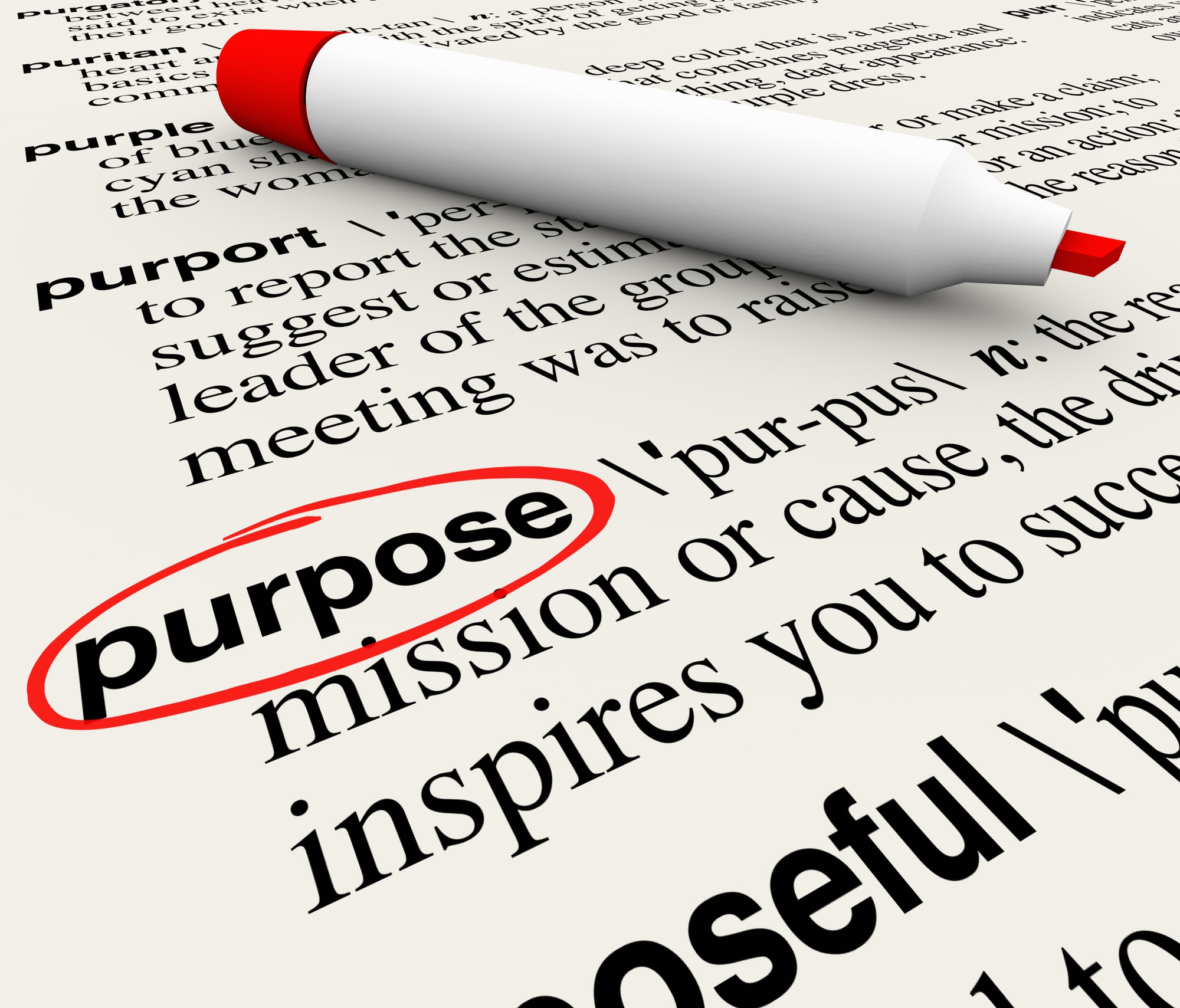Loyalty shock: Customer behavior after COVID


Businesses need to understand how customers will behave after the population receives its COVID-19 vaccinations. Even after the memory of the pandemic fades, the effects on consumer behavior may persist.
Understanding habit formation, process and technology adoption and behavioral economics can help you be ready for what happens next.
History provides lessons in navigating a post-pandemic world. I tracked consumer behavior through and following recent pandemics (SARS in 2002, H1N1 in 2009) and epidemics (H7N9 in 2013) and, after World War II, the oil price shock of the 1970s and the 9/11 terrorist attacks.
After the 9/11 terrorist attacks of 2001, air travel was depressed for years. There was a turnaround in 2004. By 2010, nearly a decade later, air travel was mostly embraced by travelers again.
Over that time, many business travelers had developed new habits. Often an in-person introduction and the final pitch remained an integral part of corporate development efforts. However, over that decade, many of those same travelers became accustomed to using telephone calls and emails to replace some of those other flights.
Following the 9/11 terrorist attacks, massive technology investments were made because of stricter security protocols, a boon for security system manufacturers. But, not all the changes were as apparent to travelers. For instance, before passengers move through security, they must toss their beverages. The coffee shops located just outside of security had to shift their offerings, close, or relocate at a significant cost.
Whether it’s a coffee shop, an airport or whatever, things are going to change again. They already have.
A coffee shop in Amherst did not have the luxury of a drive-thru option. Now it is winter, so, no one is enjoying a seat in the sun. The baristas donned the role of “Happy Days”-style carhops and took orders from customers in their cars, ran to place their order, then delivered the Joe to their window.
And several airlines have instituted pre-boarding rapid-test procedures for COVID-19. Those types of adaptations will go away. More important to your business will be the consumer behaviors that persist.
Businesses that require customers to feel comfortable and safe in their offices will have to invest in sanitization and ventilation. Consumers have already started to change their behavior in response to hygiene concerns, and that trend will continue. According to McKinsey & Co., even as economies reopen, “more than three-quarters of consumers are waiting to see indicators beyond lifting restrictions before restarting out-of-home activities.”
Hygiene transparency is going to be essential, even after vaccinations. If you don’t do this for your customers, they will go somewhere else. The pandemic has proved that loyalty in customers doesn’t run as deep as many business owners believed.
For years I have argued with a Williamstown clothier that his returning patrons relied less on his “quality customer service” and more on their own habits. Personal habits require actions to be repeated as many as 60 times to form. However, once a customer engages a business or a product as few as four times, that shopper is hooked.
Consumers are switching brands at unprecedented rates. According to McKinsey, in response to the pandemic, 75 percent of consumers have tried a new store, brand, or different shopping method. Further, 36 percent of consumers tried a new product brand, and “of consumers who have tried different brands, 73% intend to continue to incorporate new brands into their routine.”
If your company is waiting for the pandemic to go away so that it can operate as it did in 2019, then you’re going to lose market share. You must analyze the new customer behaviors of your industry and reinforce those new habits with new offerings.
But, maybe that clothier is beginning to see the light. He dropped off an outfit suggestion at my office to consider; he’s catching up with market trends.
After prior pandemics and shocks, consumer behavior changes that endured appeared to have been ongoing trends that predated the shocks. These instances accelerated trends that already existed by forcing people to accept certain sunk costs. These costs were not just of the monetary variety, but also of time, effort and experimentation.
Sunk costs changed things after the oil price shock of the 1970s. In response to rising prices, U.S. politicians regulated energy conservation for vehicles. Mandating less-wasteful gasoline use didn’t happen before the shock, because doing so would have had its political costs.
Additionally, the technology developed by car manufacturers to increase gasoline mileage for cars was their own sunk cost.
Many business owners believe that everything will go back to looking like it did a year ago. But, history suggests otherwise, as does the future. However, owners are reluctant to make changes. They think they are immune to a changing world, even though some obvious things, like remote working trends, are occurring right before their eyes.
In response to social distancing measures, companies were forced to pay the sunk cost of working from home. The surge in remote working required the purchase of new hardware, the effort to learn new technologies, and the creation of corporate policies and workflows associated with remote employees. The move to remote working was a gamble many companies would not have taken if they were not forced to.
While the gamble may have been involuntary, it paid off and has paid dividends in productivity.
This pandemic is temporary, but it will last long enough that new behaviors will remain permanent. It’s not prudent for businesses to “wait it out” and hope that things will eventually look like they did pre-pandemic.
Allen Harris is the owner of Berkshire Money Management in Dalton, managing investments of more than $600 million. Unless specifically identified as original research or data-gathering, some or all of the data cited is attributable to third-party sources. Full disclosures: https://berkshiremm.com/capital-ideas-disclosures/. Direct inquiries to [email protected].
This article originally appeared in The Berkshire Eagle on January 23, 2021.
Allen is the CEO and Chief Investment Officer at Berkshire Money Management and the author of Don’t Run Out of Money in Retirement: How to Increase Income, Reduce Taxes, and Keep More of What is Yours. Over the years, he has helped hundreds of families achieve their “why” in good times and bad.
As a Certified Exit Planning Advisor, Certified Value Builder, Certified Value Growth Advisor, and Certified Business Valuation Specialist, Allen guides business owners through the process of growing and selling or transferring their established companies. Allen writes about business strategy in the Berkshire Eagle and at 10001hours.com.






